Understanding Hardscapes & Pools
Creating an inviting outdoor space encompasses a balance of aesthetics and functionality. Hardscapes & Pools form the backbone of your outdoor environment, enhancing beauty while providing areas for relaxation and recreation. This article delves deeply into hardscapes—the non-living elements of landscaping—exploring their significance, materials, design inspirations, installation, maintenance, and how they elevate your outdoor aesthetic.
What are Hardscapes?
Hardscapes include any non-plant elements of landscape design, such as paths, patios, decks, and even the pool itself. These materials can constitute a significant part of your outdoor setup, providing structure and durability while complementing the natural landscape. Key components of hardscapes often involve:
- Concrete: Highly versatile, it offers the ability to create distinctive shapes and textures.
- Pavers: Available in various designs and colors, pavers are often used for patios and walkways.
- Natural Stones: Materials like granite, slate, or limestone convey a rustic charm.
- Bricks: Durable and classic, they can be used for drives, walls, and decorative features.
Importance of Hardscapes in Pool Design
Designing a pool area requires careful consideration of hardscaping elements, which play a crucial role in enhancing safety, accessibility, and beauty. The right hardscape setup around a pool not only beautifies the space but also protects against water-related hazards. Well-designed hardscapes create a welcoming environment, providing areas for sunbathing, socializing, or simply enjoying tranquility. It integrates seamlessly with landscaping features, ensuring that your outdoor space feels cohesive and inviting.
Common Materials Used in Hardscapes
Choosing the right materials is vital to achieving durability and aesthetic appeal in hardscaping. Commonly used materials include:
- Concrete: Ideal for custom shapes and finishes; it’s also cost-effective.
- Natural Stone: Offers beauty but can be more expensive; requires sealing for longevity.
- Pavers: Comes in many styles, providing the flexibility to create intricate designs.
- Wood: Often used in decking or structures like pergolas; requires regular maintenance.
Conceptualizing Your Outdoor Space
Before diving into construction, it is essential to visualize how your hardscaping and pool installation can fit into the overall design of your outdoor space. This stage involves selecting materials, styles, and layouts that resonate with your personal aesthetic and the intended function of the area.
Choosing the Right Hardscape Materials
Your choice of materials should align with your functional needs and aesthetic goals. Consider factors like:
- Durability: How will materials hold up against weather and foot traffic?
- Maintenance: How much upkeep are you prepared to invest in keeping materials looking pristine?
- Cost: Budget constraints should guide your choices from high-end materials to more economical options.
For instance, if you live in a region with extreme weather conditions, opting for sustainable and hardy materials may serve you better in the long run.
Integrating Pools into Your Hardscape Design
A pool is often the highlight of an outdoor space, becoming a central focal point and a gathering place. When integrating a pool into your hardscape design:
- Site Selection: Choose a location that is easily accessible yet offers privacy and a good view.
- Material Coordination: Harmonize pool surfaces such as decking and coping with surrounding hardscapes and landscaping.
- Functionality: Create pathways for safe movement around the pool to minimise slips and accidents.
Planning for Functionality and Aesthetic Appeal
Functionality must always communicate with aesthetic choices. Create various zones within your outdoor space to cater to different activities like rest, play, and dining. Consider elements like:
- Furniture Layout: Select outdoor furniture that complements the hardscape while being functional.
- Shading Features: Adding structures, like pergolas or awnings, can enhance comfort while providing style.
- Water Features: Integrating fountains or waterfalls can enhance the serenity of the pool area while maintaining visual connection with the hardscape.
Design Inspiration for Hardscapes & Pools
As you think about design inspirations for your hardscape and pool, draw ideas from landscape architecture, retro styles, modern trends, or nature itself. The fusion of these elements can create a captivating ambiance.
Top Trends in Pool Hardscaping
Stay ahead of the curve by exploring current trends in pool hardscaping such as:
- Natural Materials: Utilize stones and wood for a more organic and rustic appearance.
- Sustainable Practices: Incorporate permeable pavers and drought-resistant plants around your pool.
- Smart Technology: Integrate features like automated lighting and temperature controls for enhanced convenience.
Innovative Layout Ideas for Outdoor Spaces
Think creatively about your outdoor space layout. For example, consider multi-layer designs that allow for elevation changes, providing distinct zones while ensuring fluid movement. Incorporate curved pathways for a softer, flowing aesthetic and consider different textures and colors for variety and visual interest.
Balancing Nature with Hardscapes
The contrast of hard and soft landscapes can be striking. Balance your hardscape with vibrant greenery, flowers, and trees to create harmony. Use native plants for sustainability and ease of maintenance, enhancing the natural beauty while providing essential ecology benefits such as supporting local wildlife and minimizing irrigation needs.
Installation and Maintenance of Hardscapes & Pools
Once you’ve conceptualized and designed your ideal hardscape and pool environment, the next step is installation. This phase requires meticulous planning, execution and ongoing maintenance to uphold the integrity of your investment.
Hiring Professionals vs. DIY
Deciding between hiring professionals or taking the DIY route hinges on various factors:
- Complexity: Consider the scale and intricacy of your designs. Complex projects, particularly those involving plumbing and electrical work, may best be left to professionals.
- Skills and Tools: Assess whether you have the necessary skills and tools to complete the installation to a high standard.
- Time Investment: A professional may deliver results more swiftly, potentially saving time in the long term.
Maintenance Tips for Longevity
Regular maintenance ensures that your hardscapes and pools retain their beauty and functionality. Some maintenance tips include:
- Cleaning: Regularly clean surfaces to prevent buildup of dirt, algae, and organic debris.
- Sealing: Seal pavers and natural stone surfaces to protect against weather and staining.
- Inspecting: Conduct inspections for cracks or damage, particularly before and after seasonal changes.
Cost Considerations for Installing Hardscapes
Understanding costs involved in hardscape and pool installation is crucial for budget planning. Factors to consider include:
- Material Costs: Prices will vary significantly based on the material choice.
- Labor Costs: Hiring professionals requires labor costs in addition to materials.
- Site Preparation: Depending on existing conditions, additional site work may be necessary, impacting total costs.
Enhancing Your Hardscapes & Pools Experience
To fully enjoy your outdoor space, consider enhancements that elevate both functionality and aesthetic appeal.
Adding Value to Your Property
Investing in high-quality hardscapes and pools can significantly enhance your property value. Well-designed outdoor living areas are increasingly sought after by buyers, creating an attractive proposition for future sale. Incorporating features such as outdoor kitchens, fire pits, or stylish seating areas can lead to a substantial return on investment.
Creating Ambiance with Lighting and Landscaping
Effective lighting enhances the mood of your outdoor space. Integrate LED lighting along pathways, in water features, and around pool areas to create safe and inviting atmospheres. Landscaping can further articulate your hardscape, introducing color, scent, and seasonal interest that draws the eye throughout the year.
Planning for Seasonal Changes in Use
Your outdoor space should be adaptable across seasons. Consider how hardscapes will function in different climates. For instance:
- Winter: Ensure pathways are safe during snowy conditions with suitable materials.
- Autumn: Plan for leaf collection and drainage issues to maintain sleek aesthetics.
- Summer: Shade considerations are crucial; landscape trees can significantly cool hardscape areas.
In conclusion, blending hardscapes and pools perfectly into your outdoor decor results in a magnificent and functional area that meets your lifestyle needs. From thoughtful material selection to beautiful design integration, each decision shapes the character and longevity of your outdoor retreat. Embrace creativity, ensure sustainability, and maintain a synergy between artificial and natural elements for a space that can be cherished for years to come.
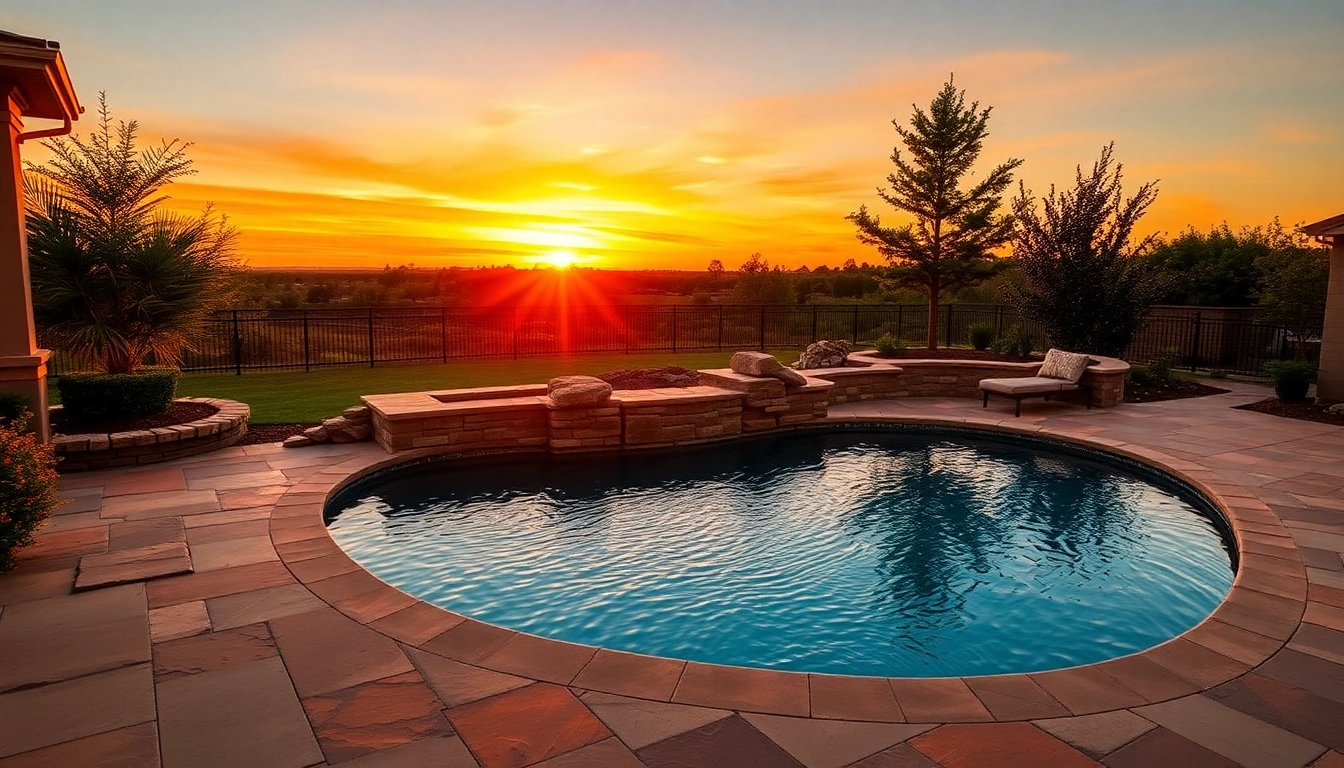
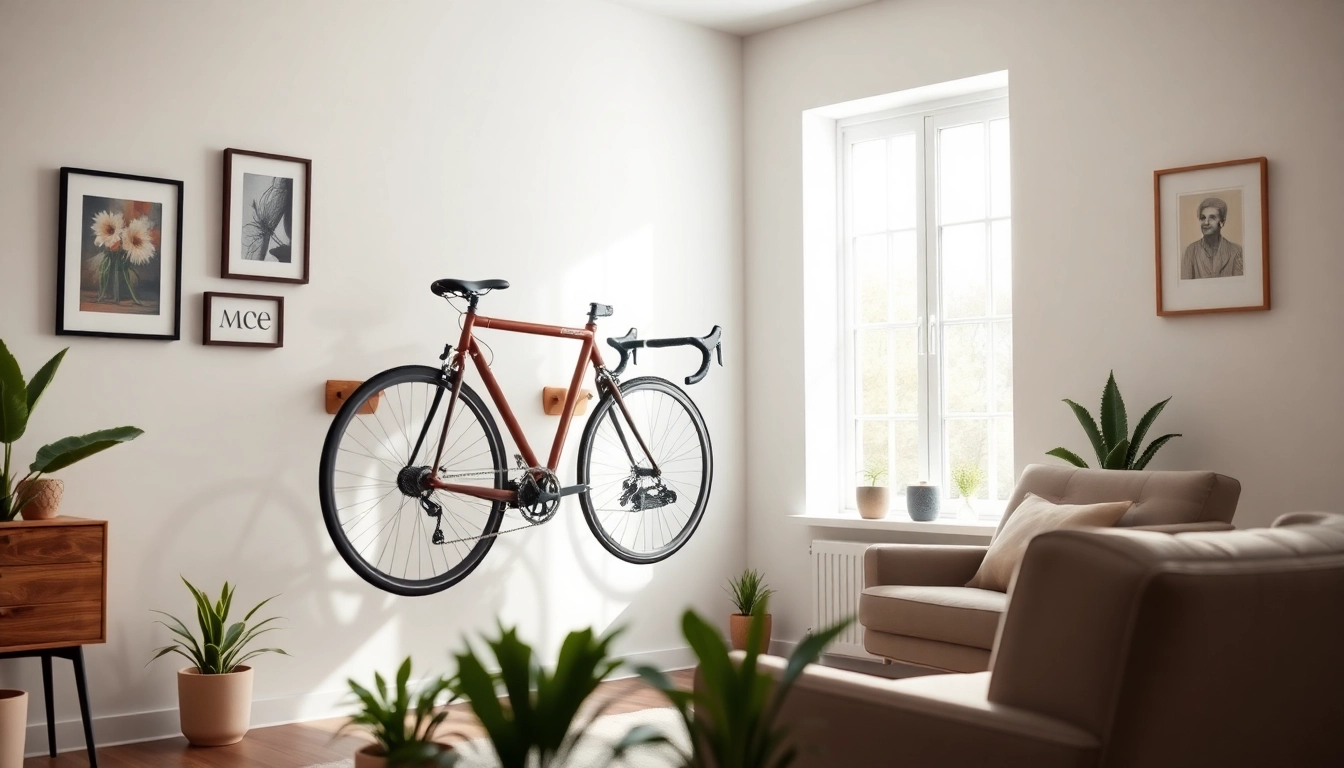
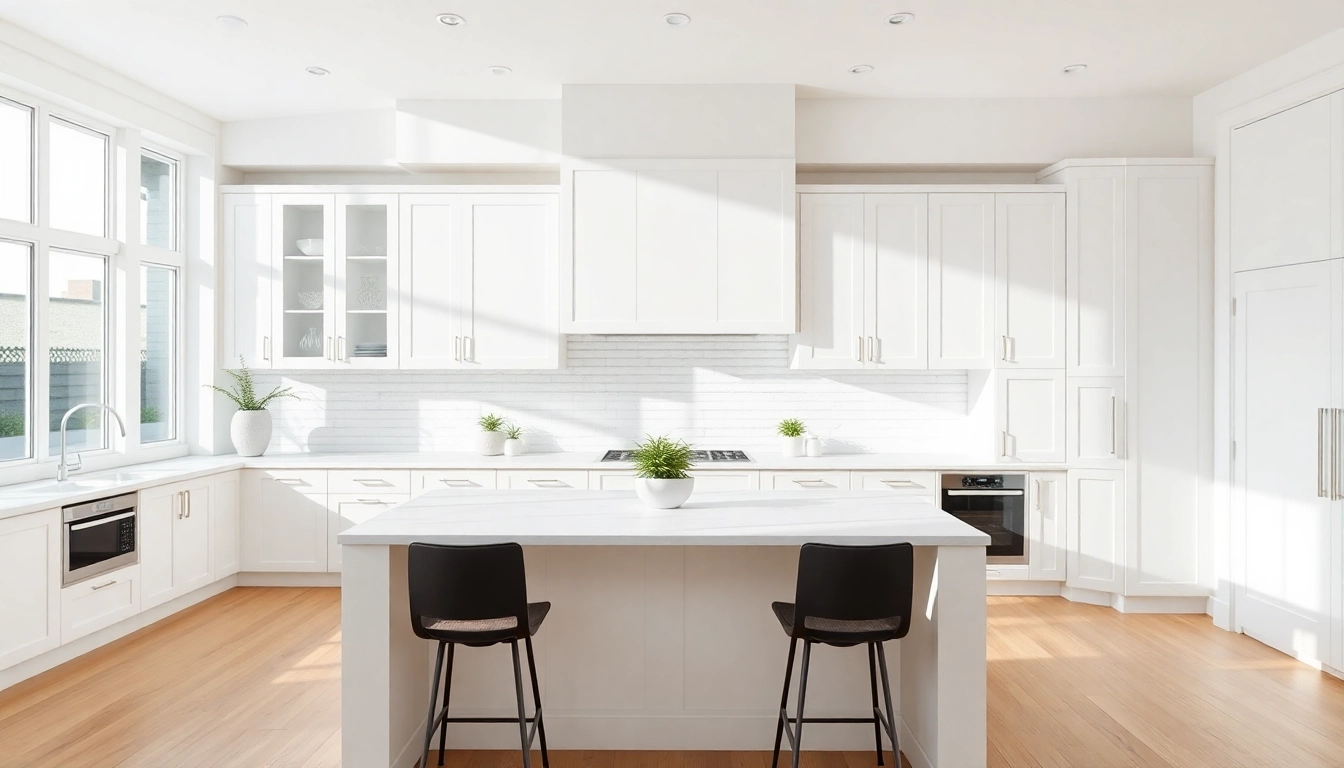
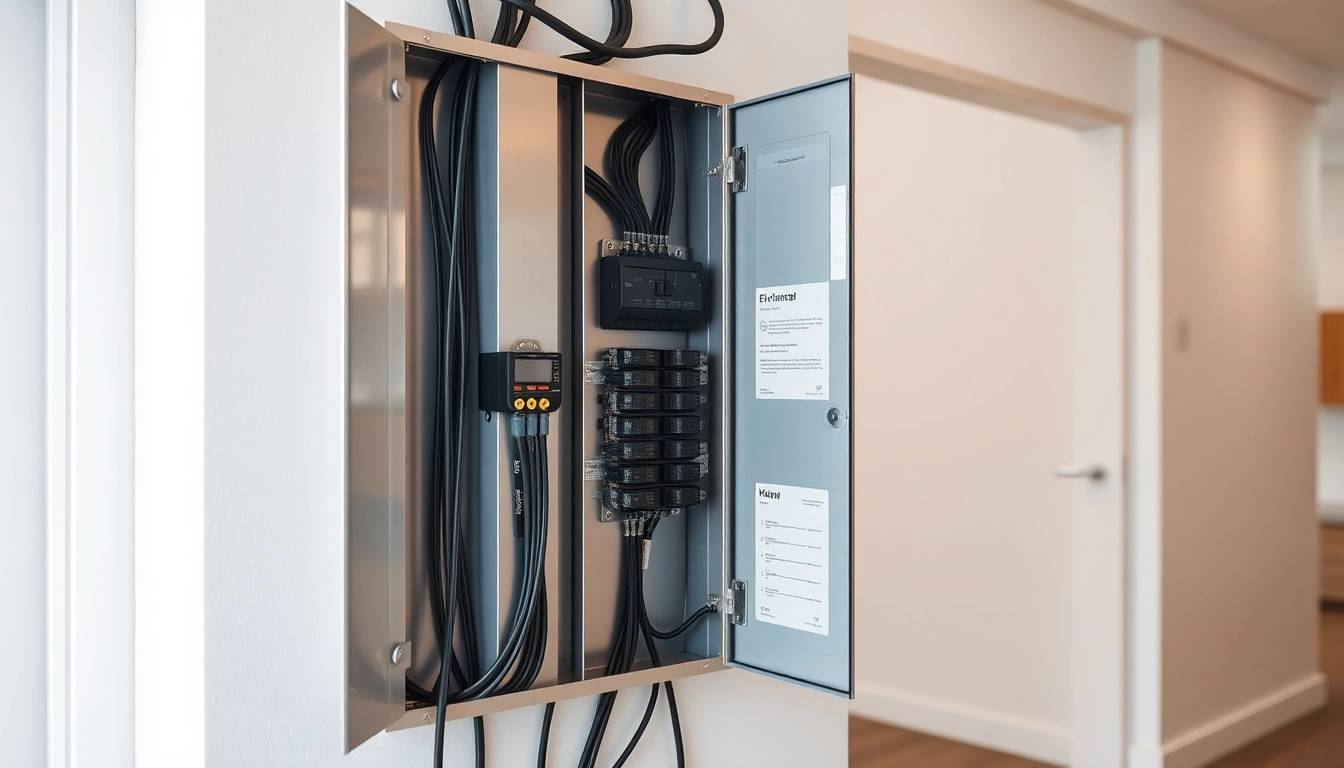
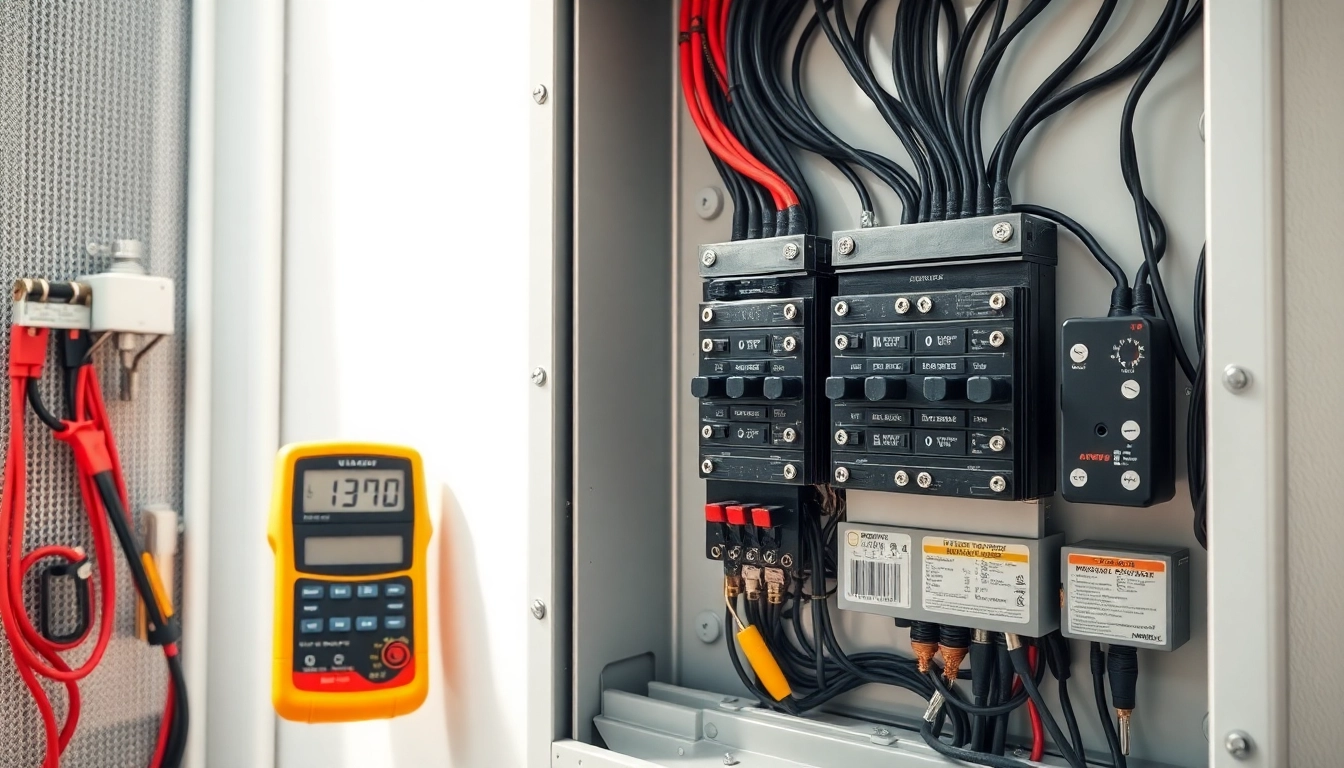

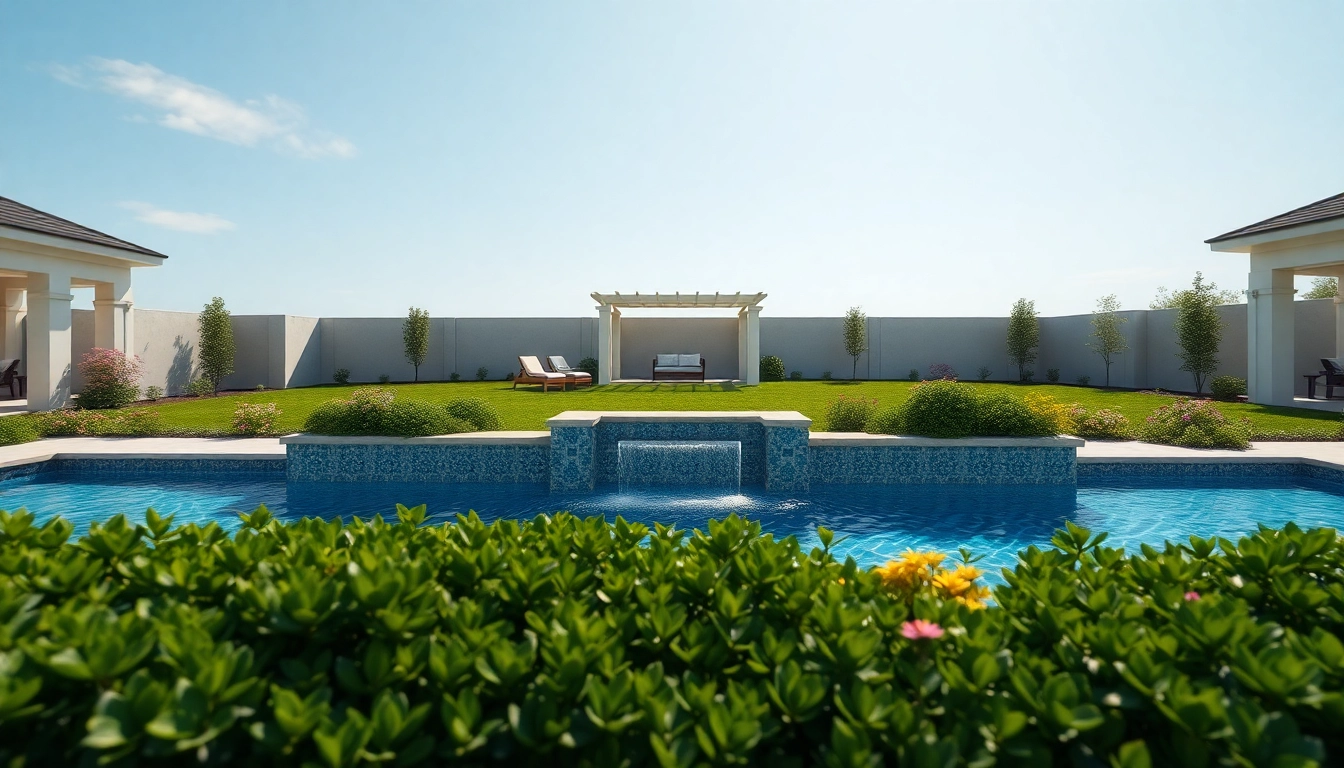
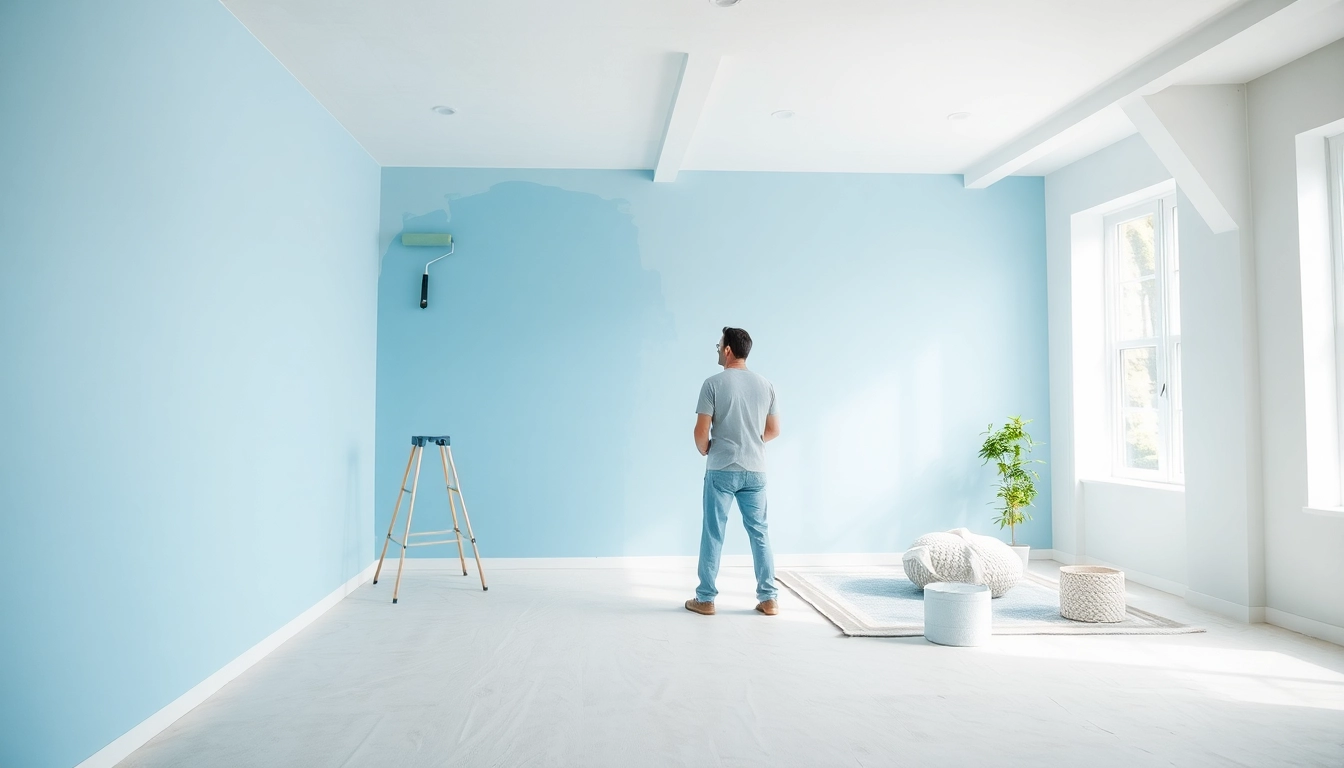


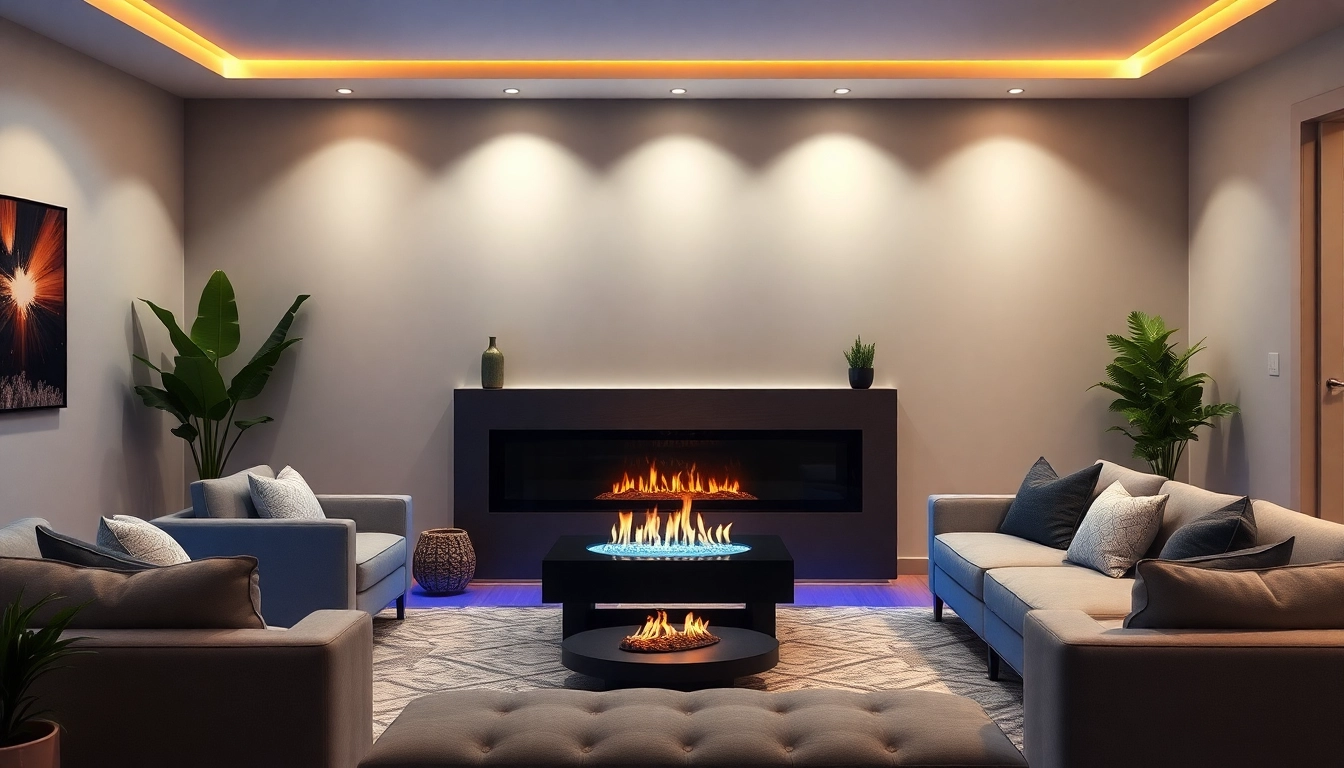
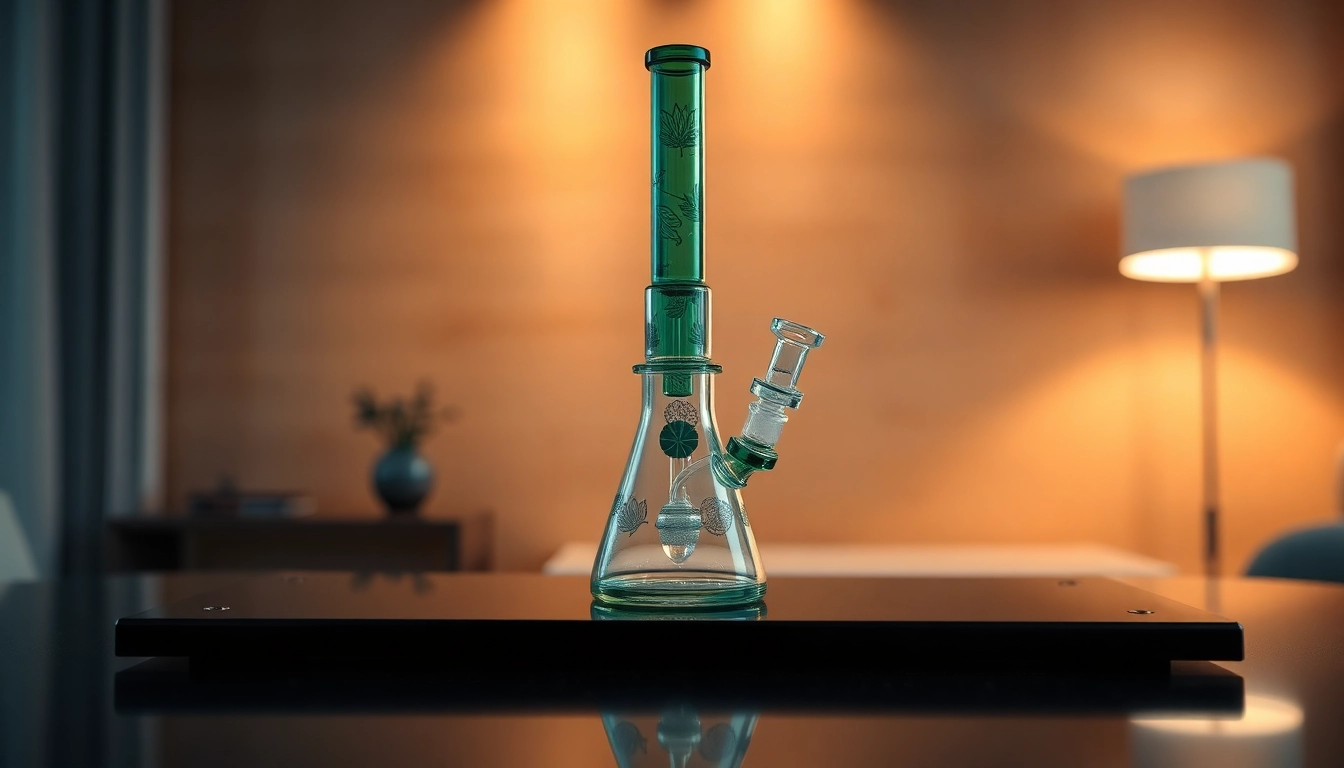

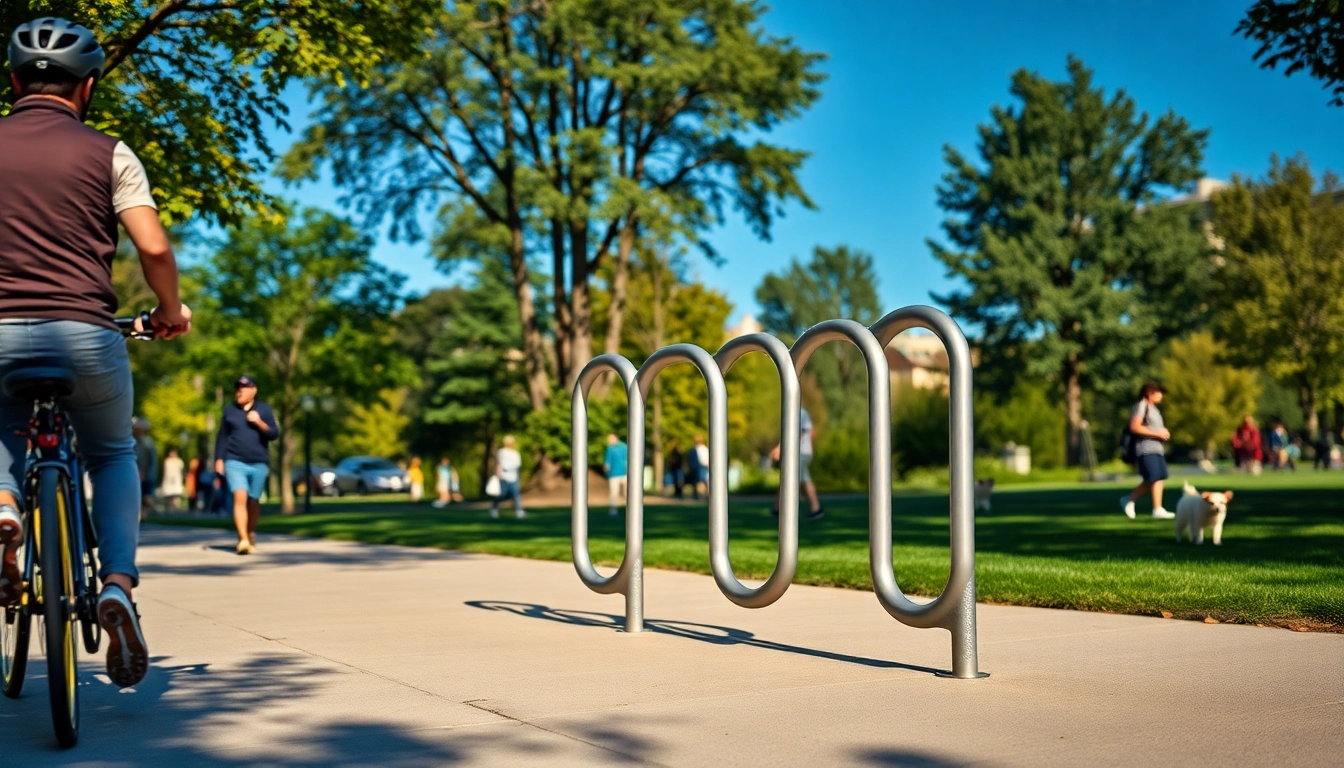
Leave a Reply